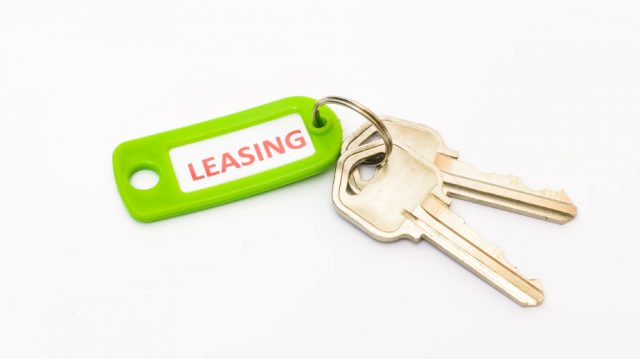Average Rent Reaches New High of £816 a Month
Inflation may be in the minuses, but rents have risen by an average of between 6.3% and 8.5% over the last 12 months, according to two reports. The data highlights the difference between the price of a home and the cost of living.
The average monthly rent paid by private tenants in England and Wales soared to a record high of £816 in September, compared to £768 in September 2014, according to letting agents Your Move and Reeds Rains. At the same time, official inflation statistics reveal that UK prices dropped by 0.1%.
Additional research by lettings insurance firm HomeLet shows that the average UK rent rose by £78 over the year, to just under £1,000.
Insurance provider Direct Line for Business also found that three parts of the country – Manchester, Newcastle and the London Borough of Westminster – saw average rent growth of over 20% in 2014.
The data will further dishearten generation rent and further pressure the Government to tackle the housing crisis. Spiralling house prices and stricter mortgage criteria have priced more and more young people out of the market.
Housing charity Shelter reports that the figures “highlight the plight of an entire generation stuck in insecure and expensive private renting”.
On Tuesday (13th October 2015), official figures stressed the continued difficulty of buying a home, as the average UK property price soared to a record high of £284,000 in August.
According to the study by Your Move and Reeds Rains, rents increased to a new record in September, and are up by an average of 6.3% annually. It found that rent prices are now around a quarter (24%) higher than in January 2010, while the CPI inflation index is just 14% higher over the same period.
London has experienced the greatest growth, with typical rents up 11.6% over the year to a huge £1,301 per month. The East of England, East Midlands and South West saw annual rises of 8.8%, 6.7% and 5.5% respectively.
However, average rents are stable or falling in some parts of the country. For example, in Wales, they are down by 5% on last year, to £536.
The rental market witnesses the highest level of activity at this time of year, as students flood into new cities and graduates move for jobs in different areas; this could be why rents are still moving up. However, despite this, the sector experienced “unprecedented acceleration” over the year, says Adrian Gill, Director of the two agents.
He adds: “Rents have been growing faster than ever, particularly in real terms, given inflation has essentially been zero since February. Across the country, towns and cities are seeing demand from local tenants outstrip the supply of properties to let, with inevitable effects on rents. There is little sign yet of this cooling substantially as the autumn progresses.”1
HomeLet reveals that the average UK rent for a new tenancy over the three months to September was £995 per month. This is an 8.5% rise on the £917 recorded last year. The typical rent paid in Greater London is significantly higher, at £1,555.
Meanwhile, recent analysis of private rent prices in England by Direct Line for Business shows that 11% of areas experienced double-digit rises over 2014, with an average increase of 6.7%.
Westminster saw the highest growth, of 28%, followed by Manchester at 22%, Newcastle upon Tyne at 21% and the London Borough of Camden at 19%. However, there were declines in some areas, such as the Chiltern district council area of Buckinghamshire, at 11% and Exeter, down 8%.
But Gill says landlords are in a great position. With higher rents and rising property prices, landlords in England and Wales have experienced returns of 9.4% on average over the year to 30th September, up from 8.9% in August. This equates to an average total return of £16,950 before deductions, including maintenance and mortgage payments.
Chief Executive of Shelter, Campbell Robb, responds to the findings: “It’s time for George Osborne to give back hope to ordinary families who are priced out and losing out, by investing in the genuinely affordable homes we need, for renting or buying, in the upcoming spending review.”1











